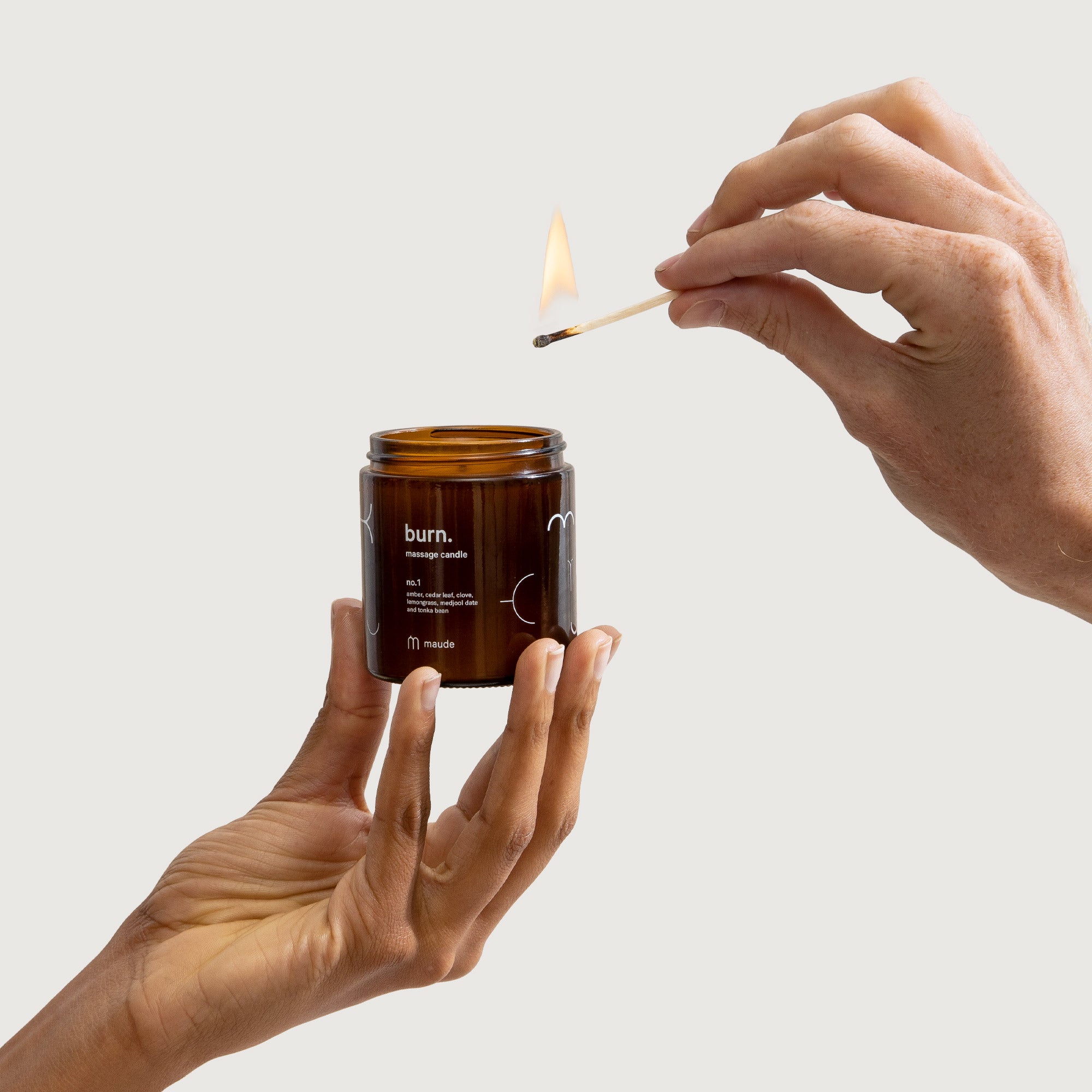What is the Kinsey Scale?

The once-groundbreaking model that suggested sexuality could exist on a spectrum.
Today, the idea that sexuality isn’t black and white might not feel so radical to us. We have, for instance, have a lot of words to describe the spaces between or falling outside of heterosexuality and homosexuality, like pansexual, demisexual, or “questioning”, to name a few.
In 1948 however, there was a different story. The idea that sexuality could be on a spectrum, or change over time, felt much more new. Dr Alfred Kinsey was one of the people to pioneer this idea, and has since been named “the man who invented modern sex”.
About Kinsey
As a sexologist–someone who researches human sexuality–Kinsey was interested in proving that women could experience clitorial pleasure (also a relatively novel idea at the time) and the breadth of sexual practices that couples and individuals really got up to in private. But most famously, Kinsey invented The Kinsey Scale, otherwise known as the Heterosexual-Homosexual Rating Scale, which allowed a person’s sexuality to be rated 0 to 6 – 0 meaning exclusively heterosexual, 3 meaning equally heterosexual and homosexual (so bisexual) and 6 meaning exclusively heterosexual, with the numbers between indicating a grey area.
Kinsey published the scale as part of two publications–Sexual Behavior in the Human Male (1948) and Sexual Behavior in the Human Female (1953) – and it was based on thousands of interviews with American men and women about their sex lives. From these interviews, Kinsey found that 92% of men had masturbated, more than half of married men had had an affair and 37% said they’d had some kind of homosexual experience. 62% of women interviewed masturbated, while half had had premarital sex.
Beyond the Binary
Crucially, as a piece of research, it made it difficult for people to argue that sexuality was simply binary. It has been credited with helping many lesbian, gay, and bisexual people come out in a time when same-sex relations were still criminalized in America, by affirming that these orientations were more natural and more common than you might, at the time, have thought.
“The book, Sexual Behavior in the Human Male, by biologist Alfred Kinsey of Indiana University, was an utter revelation for a populace living in a time when masturbation was frowned upon, oral sex (even between husband and wife) was illegal in some states, and homosexuality was considered an extremely rare, criminal deviance,” explains one article, reflecting on Kinsey’s scale in the LA Times. For these reasons, the work was also controversial. Church leaders denounced the research after it appeared on the cover of the New York Times and TIME Magazine (on the sales of the books Kinsey published, TIME wrote: "Not since Gone With the Wind had booksellers seen anything like it.")
Issues with the Scale
In the decades since The Kinsey’s Scale was created, it has been criticized–for excluding asexuality, for instance, or for not including enough numbers on the scale or more nuance–and it has also been built upon. Some use an X and Y axis, others map sexuality alongside gender identity, and others focus more on how sexuality can change over a lifetime.
While we rely more on language than numbers to describe our sexualities these days, Kinsey’s Scale has endured as a primary way of measuring or describing sexuality in the popular consciousness, partly because it has been immortalized by films like Kinsey (where Liam Neeson plays the sexologist) and TV shows like Masters of Sex, and partly because it was so simple yet groundbreaking. It demonstrated the breadth of sexual diversity at a time when family values, religion and a puritanical tradition in America meant that much of what people really did between the sheets was hushed up. In showing what was already happening privately among Americans, it allowed the next generation to consider what might be possible, without shame.





